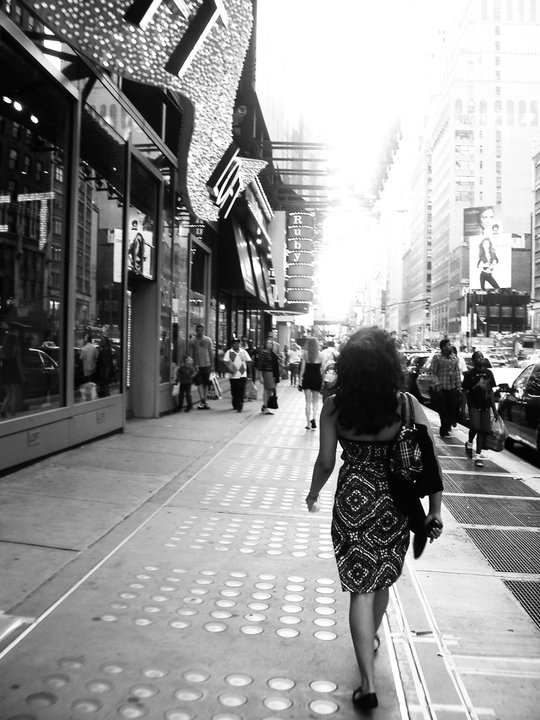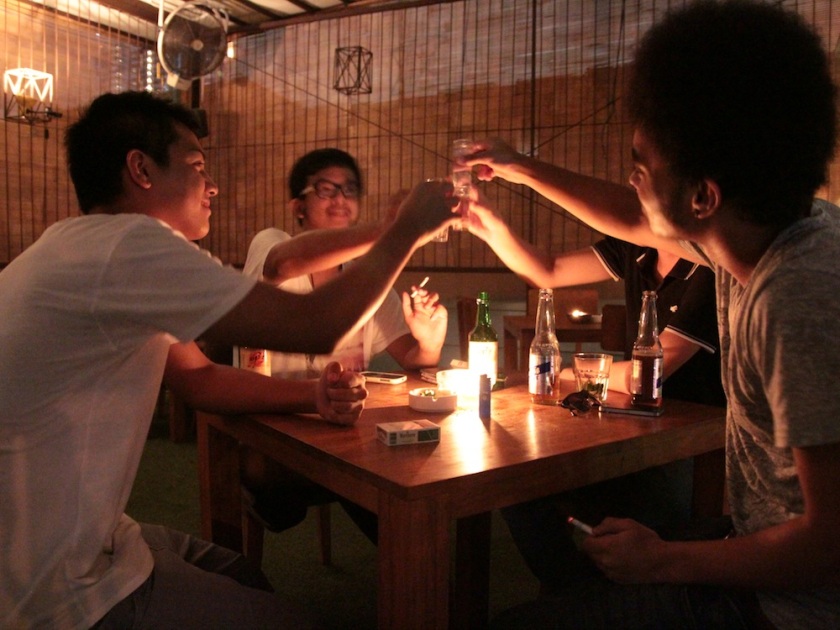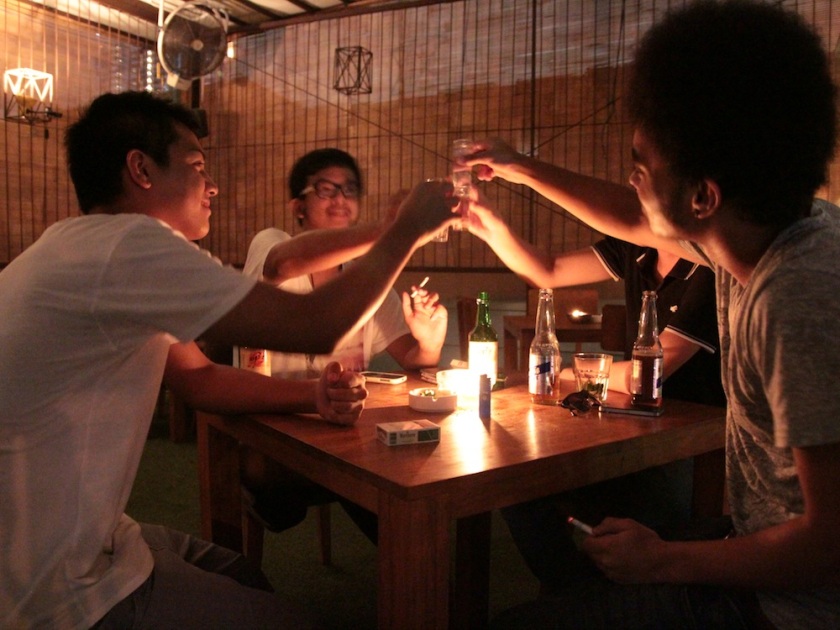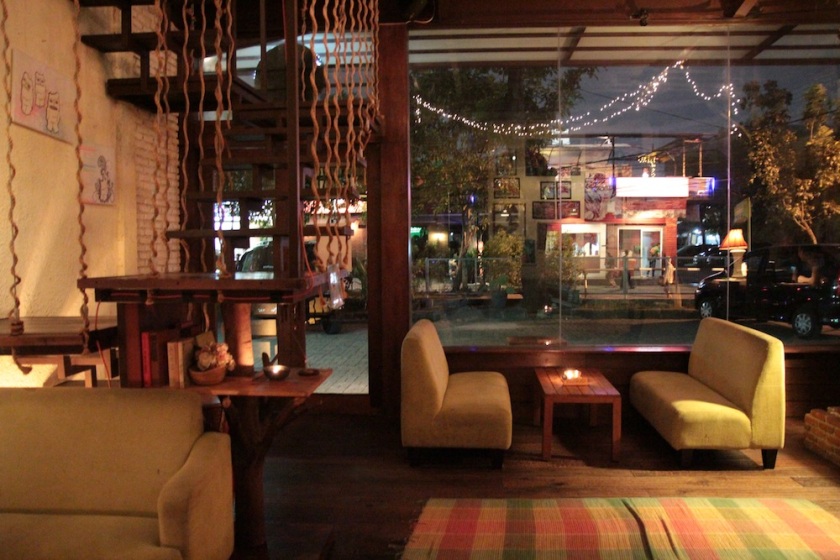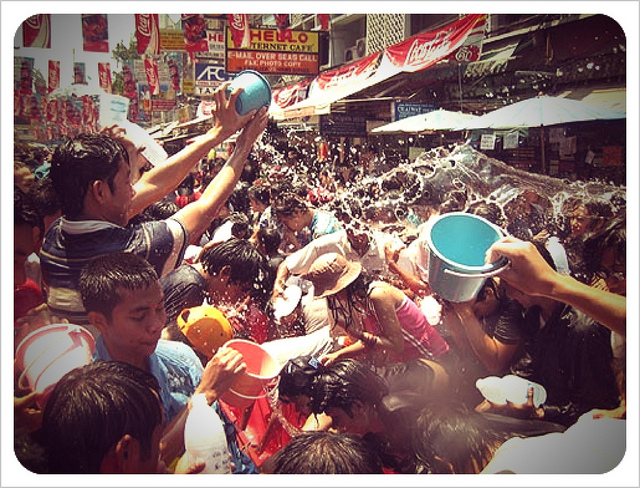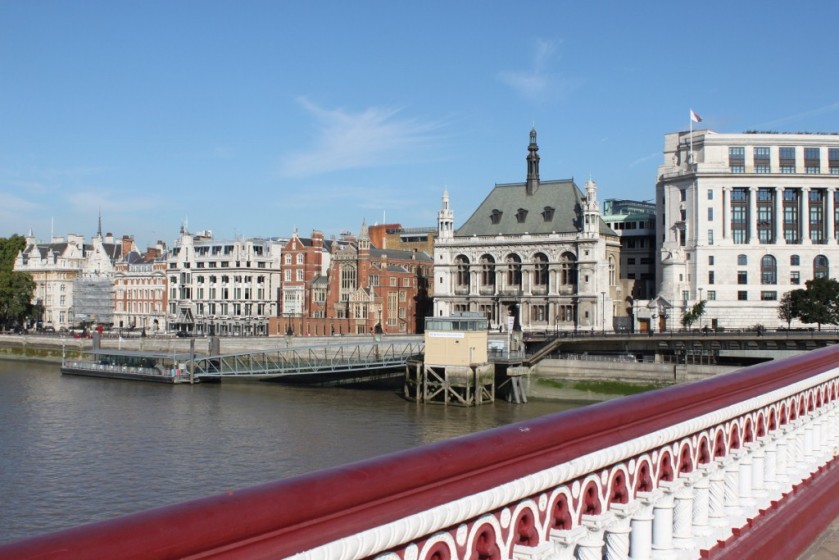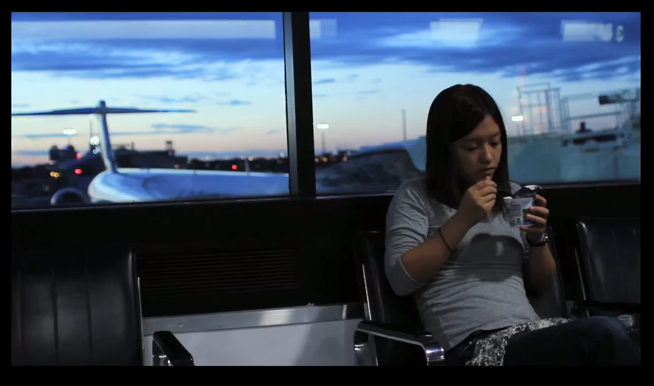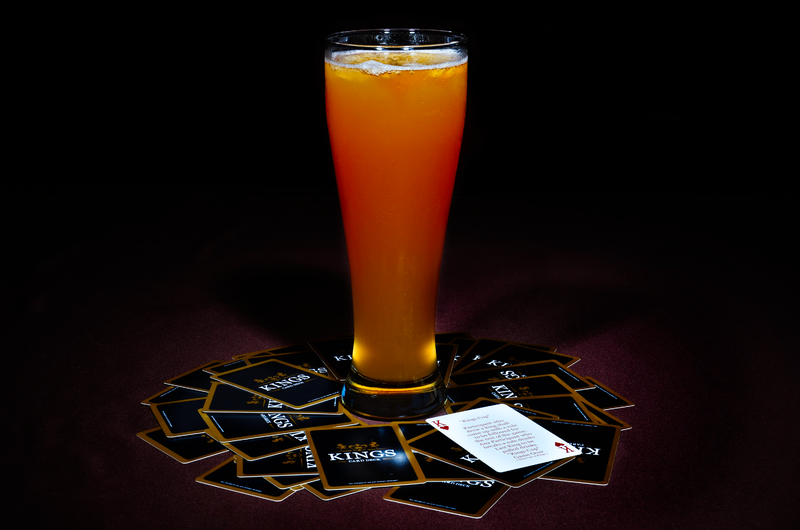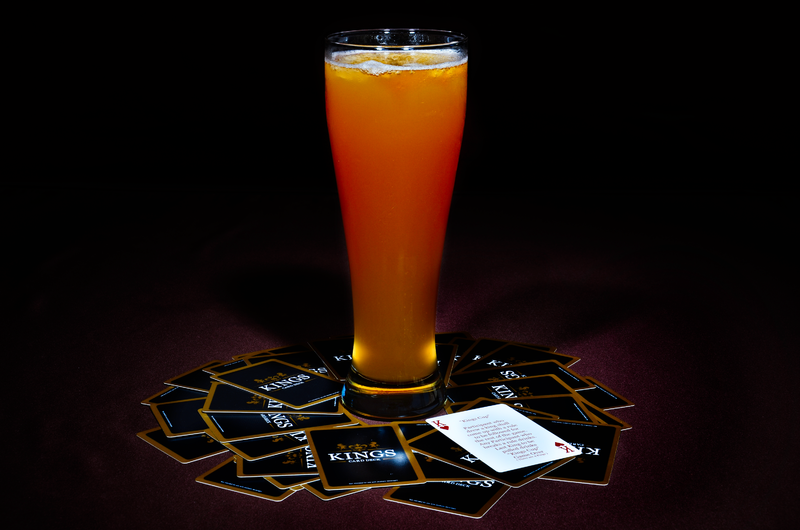In 2010, I was your average 22-year old university graduate in New York.
I had my first real job after college – a corporate consulting job. I was earning a decent salary and shared a tiny Manhattan apartment with two roommates. It was the beginning of life in the real world, and it was exciting. I had joined the ranks of millions of other fast-paced New Yorkers, juggling work, parties and hobbies, and I loved it. The city was electric. It was full of energy and promises. I was thrilled to call it my new home.
Fast-forward to 2011, one year later. I was still at the same job, now promoted to a higher position with a bigger salary. I had the same great friends and continued to pack my free time with dinners, parties and social events. But one year down the road, something felt different… I felt different. I couldn’t place my finger on it, but the life that I had been so content with thus far suddenly started to feel empty.
What had changed? Why did I no longer feel satisfied?
The truth was…I was 23 years old and scared. Scared that I was turning into a corporate robot… scared that I was letting the best years of my life slip by as I sat in a cube and fiddled with Excel. Suddenly, it wasn’t enough that I had a stable job in a good city. I struggled to find more meaning in my work-hard, play-hard New York lifestyle. Was this it? I looked at my seniors and asked myself… was this going to be me 5, 10 years down the road? Was I ready to give in to the traditional U.S. corporate life, chasing the American dream?
I guess this is what people call the “quarter-life crisis,” that feeling of confusion, lack of direction and pressure to figure out what to do with the rest of your life before it’s too late.
And as a TCK, I was as confused about what I wanted to be as I was about where I wanted to be.
I am not a U.S. citizen, and my definition of home spans three continents. At the time, my parents lived in Nigeria while my brother lived in India. Just as I was unsure about what I ultimately wanted to do career-wise, I was equally conflicted about where I belonged and where I finally wanted to settle. The path I was on was stable… it ensured U.S. permanent residency and a secure life in a first-world country. But after years of moving around, was I ready for that? Or was I starting to feel stuck?
I willed the sentiments to go away and scolded myself for being ungrateful. I tried to drown out the unsettling feelings by adding more activities to my already busy schedule. I talked to friends experiencing similar emotions, read the famous TCK book by David Pollock and Ruth Van Reken and convinced myself that restlessness was something I’d just have to live with. All of this provided temporary relief.
Four months later, surrounded by friends drinking, dancing and celebrating, I welcomed the year 2012. Perched on a rooftop overlooking the Hudson river, we watched fireworks light up the sky. Champagne flowed, everyone around me cheered…and I felt…happy? Indifferent? Hopeful? Numb?
That’s when I realized I needed a more drastic solution to my problem. I had to consider more options.
Should I apply to another job?
Move to another U.S. city?
Apply to grad school?
All were avenues for a change, but for some reason, none truly appealed to me.
And then, I finally allowed myself to seriously consider taking a year off to travel. A whole year off seemed so exotic, so rebellious in comparison to the conventional life I was leading. But the more I thought about it, the more I wanted to do it. This was what I needed – a break for some introspection, a year devoted to me… to travel, to learn, to explore, to grow.
I broached the subject with my parents. It was hard for them, sitting in Nigeria, to understand how I could be unhappy in a place like New York. It’s not that they were against a gap year, but they wanted me to think through other possibilities.
Why couldn’t I wait until I got a green card, and then consider a year off? Why not look for another job, maybe in another city? Why not hold off for a little bit longer — maybe this was just a phase that would pass?
But I just couldn’t wait any longer.
In the end, I think being a TCK actually made it easier for me to convince them that this was the right decision for me. I was already away from home and my family wasn’t attached to the idea of me staying in the US.
My parents, like most TCK parents, were already used to a life of change and travel, and that helped them see my point of view. Taking a year off also meant that I could spend a few months with them – more time than I had spent with them in a long while. And finally, I explained to them that this didn’t have to be a permanent life change – worst case scenario… I’d hate it and come back to the U.S. for grad school.
And so, the decision was made.
I was going to take a year off to travel… A year off to pursue only those things that I was truly interested in and curious about. I was going to check things off my bucket list now, while I was still young and free of responsibilities, obligations and commitments.
I had no idea where or how to start, and I knew I couldn’t leave without some sort of plan, but for the first time in a long time, I felt liberated. I was about to embark on a journey of a lifetime and suddenly, the world was at my fingertips. No more long nights at the office, no more weekends spent asking myself if this was it. I still didn’t know if it was a good idea or a terrible mistake. But for some reason, it just didn’t matter anymore. I felt free.
